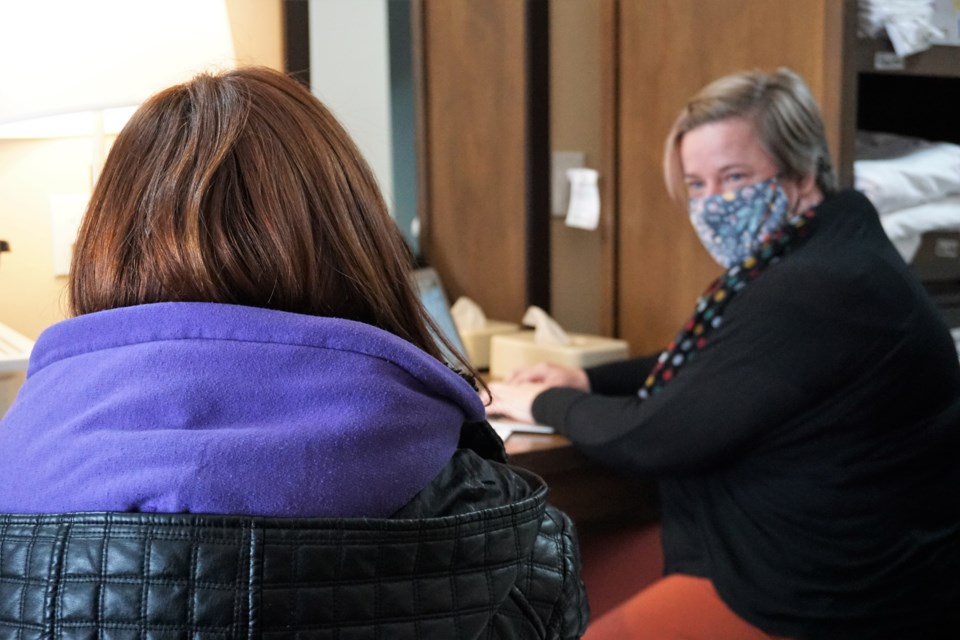How many people across Simcoe County do you think were experiencing homelessness on Nov. 17, 2020?
According to the preliminary results from the 2020 Homelessness Enumeration, there were at least 563.
“The information collected helps service providers connect people to the appropriate programs and supports within the community, helps to inform policy and program development, and raises awareness about homelessness in Simcoe County,” noted Irena Pozgaj-Jones, program supervisor for community and program development with the County of Simcoe in her report for the county council agenda March 9.
A two-page summary of the findings of the 2020 Homelessness Enumeration will be considered as part of Tuesday’s committee of the whole agenda, to provide councillors with an overview of the homelessness situation currently facing Simcoe County.
The enumeration took place the week of Nov. 17-23, 2020, and asked participants to fill out a survey outlining their experiences with homelessness. Thirty-eight agencies across Simcoe County participated by either conducting surveys, providing usage data, or spreading the word, and it was co-ordinated by the David Busby Street Centre in Barrie. Surveys asked participants to outline their experiences as of Nov. 17, 2020 as a point-in-time count.
According to the preliminary results, of the 563 individuals counted as experiencing homelessness county-wide, 377 completed surveys.
Communities where survey participants were staying included:
- 49% in Barrie,
- 23% in North Simcoe (Midland, Penetanguishene, Tay, Tiny),
- 17% in Orillia and area (Orillia, Oro-Medonte, Ramara, Severn),
- 6% in South Georgian Bay (Collingwood, Clearview, Springwater, Wasaga Beach),
- 4% in South Simcoe (Adjala-Tosorontio, Bradford West Gwillimbury, Essa, Innisfil and New Tecumseth),
- and 1% lived outside Simcoe County, or declined to answer.
Of the 563 people counted as homeless in the summary:
- 47% (267 people) were staying in an emergency shelter,
- 39% (218 people) were provisionally accommodated (such as someone’s place, a motel/hotel they were paying for themselves, hospital, treatment centre, jail, prison, or remand centre)
- and 14% (78 people) were unsheltered or where they were staying was unknown (such as in a vehicle, public place such as the street, bus shelter, forest, encampment, or abandoned building).
About 10 per cent of survey participants indicated that their recent housing loss was due to COVID-19. Other reasons for housing loss included interpersonal and family issues (63 per cent), housing and financial issues (57 per cent), health or corrections (37 per cent) or other (four per cent).
About 67 per cent of survey participants identified as having a mental-health issue, while 61 per cent of survey participants identified as having a substance-use issue.
The age of participants was categorized as youth aged 16-24 (18 per cent), adults aged 25-54 (60 per cent) and seniors aged 55+ (22 per cent).
County council will be discussing the preliminary 2020 Homelessness Enumeration Report during their March 9 committee of the whole virtual meeting, starting at 9:30 a.m.



